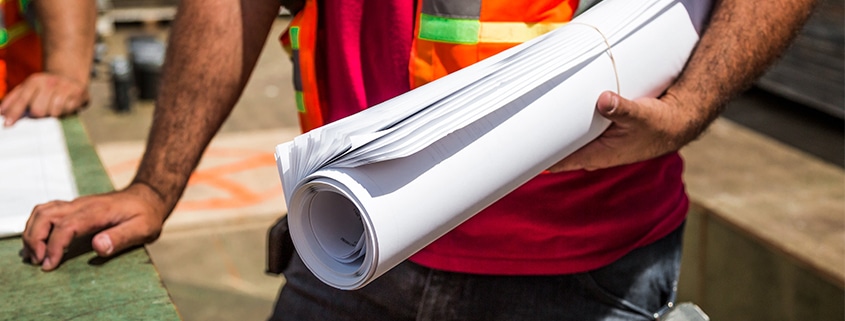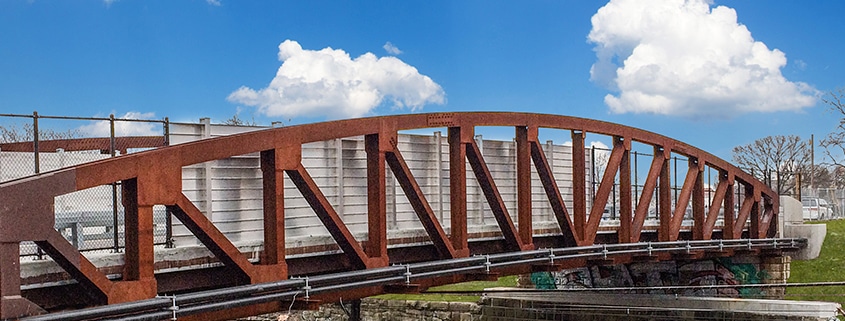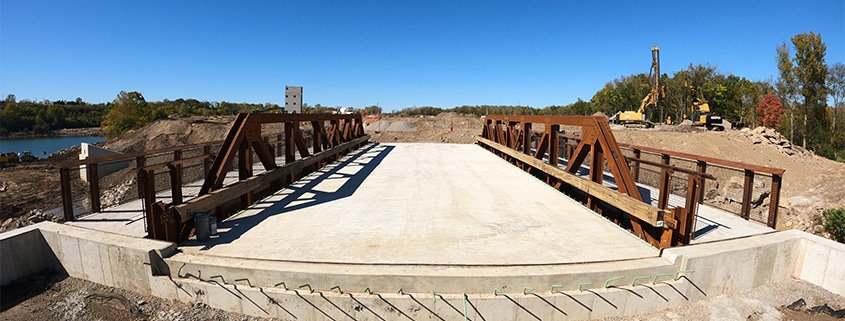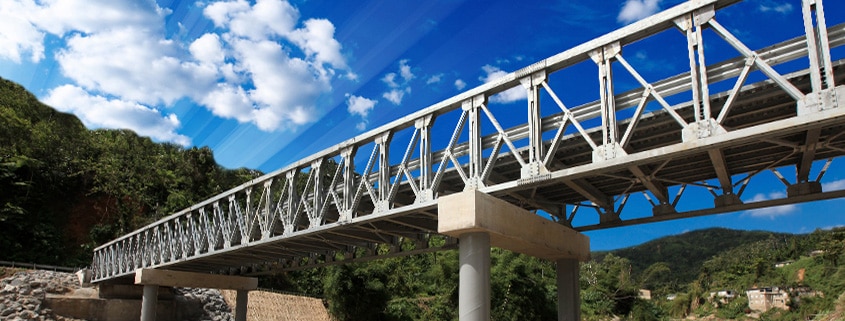Subcontractors play a key role in any construction project so it’s important that you hire a qualifying subcontractor that will ensure your project’s success. But how do you know what to ask or look for? Here’s a brief introduction to the role of a subcontractor and what should be included in the prequalification process.
What is a Bridge Subcontractor?
In every major bridge construction project, you’ll find a general contractor and subcontractors. The contractor is the manager of most bridge projects; they are essentially in charge of the overall coordination of the project. They’re hired by a municipality or other key stakeholders, and ensure that projects meet their approval.
Subcontractors on the other hand can range from a single person to a large company and are typically hired by the contractor. However, that doesn’t make them an employee of the general contractor as subcontractors are independent businesses. Contractors can hire subcontractors for different reasons such as performing construction tasks, supplying equipment or other materials, and more.
Why it’s so Important to Prequalify your Subcontractors
Prequalification is gathering information about interested subcontractors to assess their capability to complete the project. It’s an important part of the preconstruction phase. A well-thought-out prequalification process not only reduces liability and insurance claims but presents safer worksites and increases profit potential.
This process also ensures that you are selecting the best subcontractor for the needs of your project. Although a subcontractor may be a great choice for one project it does not guarantee that they’ll be the best choice for the next.
Even though this process may initially seem like a waste of time and resources, it actually saves your project from significant financial loss down the road.
What to Consider When Looking for a Qualifying Subcontractor?
When it comes to creating a thorough prequalifying process, it’s important to request information such as the subcontractor’s safety records, finances, litigation history, insurance coverage, relevant work history, and experience, etc.
Financial
Before hiring a subcontractor, you can request financial information such as current year revenues, total and current assets, net equity, current liabilities, average monthly billings, and if available their Dun & Bradstreet number. This will reveal any obvious red flags and help you avoid financial risks.
Litigation History
A company’s litigation history is important as it provides insight into their relationship with previous clients and how likely they are to breach a contract. Find out if they’ve ever had any labor law violations, if their license has ever been suspended or revoked, and if they’ve ever been terminated from a contract. Additionally, inquire if the company has had any judgments filed against them.
Safety Records
It is crucial that you carefully review the safety records of any potential subcontractor. Request information such as their OSHA 300 information, any citations issued, and their Experience Modification Rate for the past three years. Not only that but also implore about their training program and safety plans.
Ask for References
You’ll want to ask your potential subcontractors to provide a handful of references about– three to four. These references will demonstrate how well they collaborate with other contractors on projects as well as the quality and dependability of their work.
Qualifying subcontractors won’t have any issues providing contacts, and sometimes employees can also verify the company’s credibility.
Working with U.S. Bridge
When it comes to hiring contractors or subcontractors for your project, you want to make sure that you’re hiring the best. Our 80+ years working with various companies all across the world has provided us with the skills and experience needed for even the most challenging projects. At U.S. Bridge, we serve to meet the needs of our customers and the industry with high-quality bridges and materials.
Contact us on our website to learn more about how you can collaborate with us or fill out our exclusive BridgeScope tool for a quick quote.





